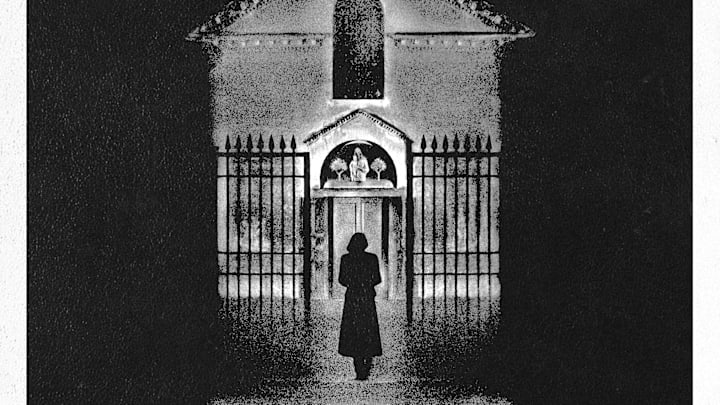Creating the atmospheric tension required for a film like The First Omen requires careful consideration of the audio production and sound design, and many industry greats put their stamp on everything from the dialogue editing to the soundtrack. Let’s take a look at some of the work that goes into it.
Introduction to audio production and re-recording in The First Omen
The eerie and unsettling atmosphere in The First Omen is crucial to the story. While sound professionals are careful to take high-quality, clear sound on set, the real magic happens in post-production. Here, sound editors, with their expert ears and attention to detail, refine the audio tracks, ensuring that background noise is minimized. Then, they move into re-recording, where they enhance specific elements like dialogue, environmental sounds, and special effects.
Re-recording, or automated dialogue replacement (ADR), allows the team to refine performances and sound clarity. This is particularly critical in The First Omen, which blends supernatural elements with real-world settings. The audio must enhance the storytelling without overwhelming it. The subtle use of sound can turn an ordinary scene into one filled with dread, helping the audience connect emotionally with the tension and fear portrayed on screen.
How audio enhances the viewer’s experience
The use of re-recording, ambient soundscapes, and carefully curated sound effects creates a sonic environment that builds tension. For example, footsteps in a quiet hallway, the flickering of lights, or distant whispers are all carefully crafted in post-production to manipulate the viewer’s perception and emotional response. Re-recording mixers, like those involved in this film, make strategic decisions about what sounds should dominate, fade into the background, or suddenly emerge, startling the audience.
The collaboration between the sound design team and the composer, Mark Korven, is another important element of the overall story. Orven’s haunting score compliments the suspenseful moments in The First Omen and helps to intensify the psychological horror that defines this genre.

A fully immersive experience
the re-recording ensures that each sonic layer—whether dialogue, effects, or music—fits seamlessly into the mix, creating a fully immersive experience. The real trick is that most filmgoers never even realize that many of the sounds they hear from a door opening to the sound of a gunshot are added later after filming is complete.
Learning audio in this way is an ongoing process that can take many years t oget good at, and finding a job in this field take take a little luck. You can hear a lot more about the work that goes into making the audio for film by listening to Micheal Babcock, who worked on The First Omen, talk about it in a recent podcast.
Follow HuluWatcher for more behind-the-scenes facts
